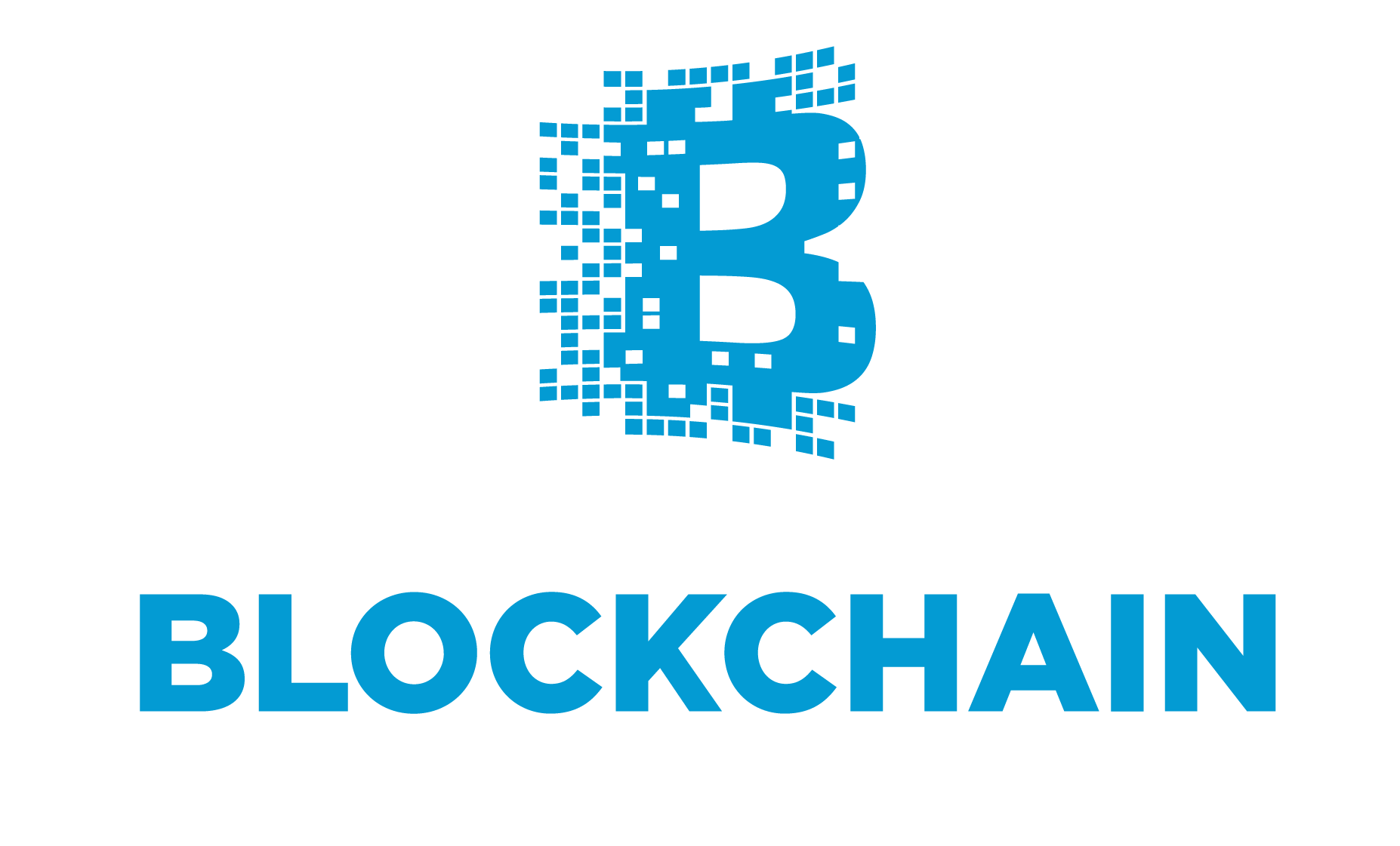Search posts by keywords:
Filter posts by author:
Related NEAT Reports
Other blog posts
posted on Sep 05, 2016 by Andy Efstathiou

I attended Cognizant’s biannual analyst event in New York recently and spoke with their head of blockchain consulting. Cognizant has been investing heavily in services and technologies to enable the digital enterprise, including the blockchain technology stack. Eighteen months ago, Cognizant began developing blockchain assets based on various open source frameworks, and today they have over 100 employees working on blockchain in various capacities. This includes blockchain consultants, and technologists who experiment with various frameworks and help answer questions in the context of how these applications, when and if scaled, will fit into the landscape of current enterprise architecture.
Cognizant’s services include:
- Consulting: a well-developed service, helping educate clients and identify opportunities and strategies
- Proof of concept (POC) implementation: an estimated 15 POCs have been deployed in the last 12 months, which include Cognizant assets and those developed for clients
- Operations management: a nascent service, with several engagements in early stages.
Cognizant has been helping eight existing blockchain clients in their blockchain explorations, of which seven are financial institutions, and it finds that momentum in experimenting hands-on with blockchain technologies is greater outside the U.S. than within the U.S.
Cognizant’s experience is that client perceptions of blockchain vary greatly. Some banks view blockchain as their opportunity to build market share, and are acting today to prepare for what might redefine the financial services industry as we know it. At the other end of the spectrum, some banks are curious to find a use for blockchain, but are not really convinced by it, or dismiss it as hype. All banks, however, are trying to benchmark whether the technology is capable of fulfilling the business cases identified (or hypothesized) by technology evangelists.
Key questions that POCs are seeking to answer are what the impact on an institution’s core platforms will be, plus what areas are best suited to scale into a pilot for further study. To date, each POC delivered by Cognizant has been applied to a different challenge than the others. Examples include:
- Digital identity issuance and verification
- Decentralized document transfer, verification, and storage
- Loyalty points exchange
- Bill payment leveraging blockchain
- Mortgage transaction lifecycle management
- Cross-border, cross-currency routing framework
- Funds transfer (internal to the bank, across subsidiaries).
So, what should financial institutions do about blockchain?
This is a technology that seems to have great promise. However, to date, no large-scale operations deployments have been made. Early adopters are still trying to find out what is possible, and are willing to experiment, many repeatedly.
Before the end of 2016, some blockchain initiatives will go into full production. If initial trials are successful, blockchain will become an emerging technology for broad deployment by 2018. Banks pursuing a general ‘fast follower’ strategy in technology adoption will monitor the results of early POC attempts. However, since the banks investing in POCs do not publish findings, and most product vendors are technology evangelists, the best insights into the effectiveness of blockchain efforts will come from services vendors working on blockchain engagements and a wide range of other technology deployments in the same banks.
The rapid pace of deployments and learning will necessitate frequent reviews of this rapidly evolving technology, so watch this space.
